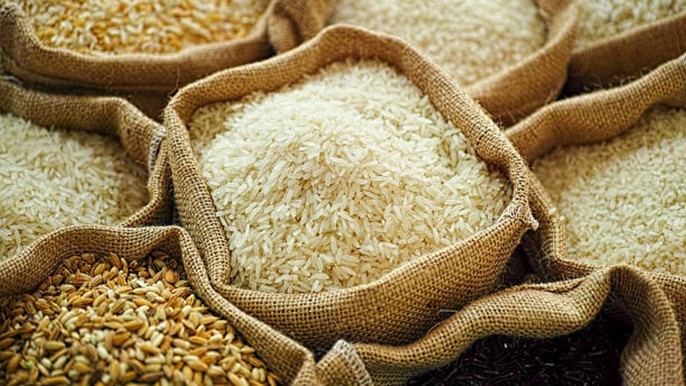 News
News
Rice prices in Asia began to fall after rising to their highest levels in nearly 15 years in the second week of August as major importers looked to build up domestic stockpiles amid persistent concerns over supplies. global supply.
Thai white rice 5% broken - the Asian standard - dropped to $612 a tonne on August 16, according to data from the Thai Rice Exporters Association. Prices are still up 20% this year after surging to their highest levels since 2008 the previous week. The Philippines, the second-largest rice importer, is in talks to ship rice from Vietnam and India to boost stocks and reduce prices, while Indonesia is accelerating domestic shipments to build stockpiles.
 |
Rice is very important to the diets of nearly half of the world's population, especially in Asia and Africa. Supply concerns escalated after India banned some exports and Thailand urged farmers to switch to crops that require less water as the country grapples with drier conditions. These countries are the two largest rice shippers in the world. The onset of El Niño weather also threatens global production.
Customs data shows that Vietnam's rice exports to Indonesia increased by about 1,500% in the first seven months of 2023 compared to the same period last year. Shipments to China were also higher, while shipments to the Philippines were slightly lower. However, Manila's purchases increased in July compared to June. At its peak, rice prices were at their highest in 15 years, Thai white rice 5% broken, rising to $648/ton, the most expensive since since October 2008.
The increase in prices could add to inflationary pressures and increase import bills for buyers. The latest threat to supply comes from Thailand , the second largest exporter. Authorities are encouraging farmers to switch to crops that require less water as the country prepares to face drier conditions triggered by El Niño.
Accumulated rainfall in the main central growing area is 40% lower than normal and the move to limit planting is to save water for households. The Thai government had previously asked growers to harvest only one crop this year.
At the end of July, India extended the ban on rice exports to protect domestic supply, boosting purchasing activity in some countries. Restrictive measures exacerbate concerns about global shortages amid growing world consumption. Rising prices will exacerbate tensions in global food markets already hit by extreme weather and reduced grain supplies from the Black Sea region due to the conflict in Ukraine.